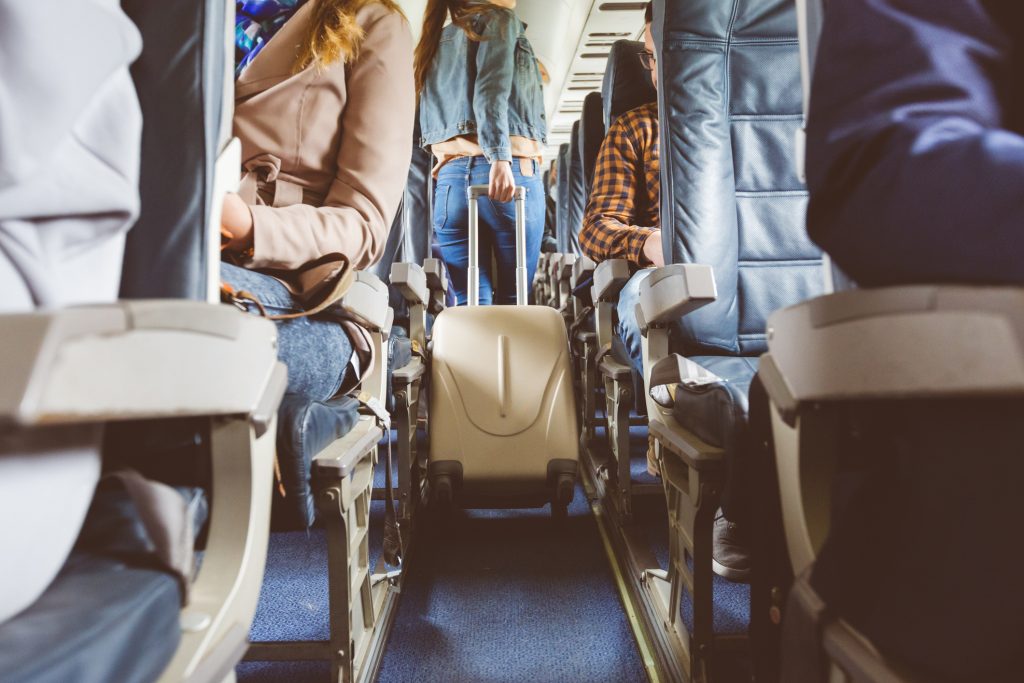Planning a trip? You might be surprised by how much the day you choose to fly impacts your travel budget. From fluctuating ticket prices to maximizing frequent flyer miles, selecting the right day to fly is just as important as deciding where to go. But how do you pinpoint the best days to take off? That’s exactly what we’re going to uncover.
This blog will guide you through the nuances of airline ticket pricing, explore strategies to save money, and identify patterns in air travel costs. By the end, you’ll feel empowered to make smarter decisions when booking flights, saving both time and money in the process.
Why Flight Costs Fluctuate Based on Travel Dates
When it comes to airfare, not all days are created equal. Airlines don’t just set prices randomly; they rely on demand, seasonality, and even algorithms to set ticket prices. Understanding how these factors come into play can help you make an informed decision.
Supply and Demand

Airlines operate based on supply and demand principles. Higher demand typically equals higher prices. For instance:
- Holidays and Long Weekends: Flights around Thanksgiving, Christmas, and the Fourth of July often skyrocket due to the massive influx of travelers.
- Peak Travel Seasons: Summer, spring break, and winter holiday seasons are notoriously expensive times to fly.
- Midweek Discounts: Tuesdays and Wednesdays often experience lower demand, making them cheaper for flyers. More on that later.
The Role of Airline Algorithms
Airlines use sophisticated pricing algorithms that adjust airfare based on real-time data:
- Book a flight when demand is low, and you’re more likely to snag a bargain.
- Purchase closer to departure, and you risk paying a premium price as seat availability dwindles.
Understanding these mechanisms can help you work with, rather than against, the system.
The Best Days of the Week to Fly
If you’re looking for a simple rule of thumb, here it is: Tuesdays and Wednesdays are generally the cheapest days to travel, while Fridays and Sundays are the most expensive. But why is this the case?
Midweek Flights
Tuesdays and Wednesdays see less flight demand because they fall outside typical travel patterns:
- Business travelers generally fly on Monday mornings or Thursday evenings.
- Leisure travelers tend to book Friday departures and Sunday returns.
Airlines use these patterns to their advantage, dropping prices midweek to fill empty seats.
Weekend Premiums
Conversely, Fridays and Sundays attract both business and leisure travelers, driving up demand:
- Friday flights are popular for weekend getaways and business trips.
- Sunday flights are favored by travelers returning home before the workweek begins.
If your schedule allows for flexibility, midweek flights are often the smarter financial choice.
The Best Times of Year to Fly

Beyond the week’s rhythm, certain times of the year also see lower ticket prices. Here’s when to plan your travels:
Shoulder Seasons
Shoulder seasons fall just before or after peak travel times:
- Spring (Mid-April to May) and Fall (September to Mid-November) are prime windows for bargain hunters.
- Destinations are less crowded, and airfare prices dip compared to summer and winter travel peaks.
Off-Peak Periods
Off-peak periods, when many people aren’t traveling, are another chance to save:
- Early December (prior to holiday travel rush).
- Mid-January to February, when most holiday travelers are back home and settled.
How to Maximize Savings With Airline Miles

One major perk of frequent travel is earning airline miles, and knowing when to use them can dramatically reduce the cost of flights. Here’s a strategy for putting your miles to work effectively:
- Use Miles During Peak Travel: Instead of shelling out sky-high cash fares during the holidays or summer, redeem miles for tickets.
- Earn Miles on Cheaper Flights: Book flights during shoulder seasons to accumulate miles for future peak travel periods.
- Join Airline Loyalty Programs: Airlines often offer bonus miles during promotions, which can help you build your balance faster.
If used strategically, airline miles can help offset travel costs and even turn luxurious flights into affordable experiences.
Pro Tips for Booking Flights
Knowing the best days and seasons to fly is important, but there are other strategies to ensure you’re getting the best value for your money.
Book Early (But Not Too Early)
Airlines typically begin selling tickets around 11 months in advance, and prices tend to be high during this phase. However:
- Prime Booking Window: Studies suggest that purchasing flights 1-3 months ahead for domestic trips, and 2-8 months ahead for international trips, is ideal for snagging good deals.
Set Fare Alerts
Setting fare alerts through platforms like Google Flights or Hopper ensures that you’re notified when prices drop.
Opt for Red-Eye or Early Morning Flights

Flights late at night or early in the morning are often cheaper due to lower demand during these time slots.
Don’t Overlook Budget Airlines
While budget airlines may not include amenities like free baggage or meals, they can significantly reduce ticket prices for cost-conscious travelers.
Be Flexible with Airports
Flying out of or into alternative airports can help save money. For example, if you live near New York City, compare flights out of JFK, LaGuardia, and Newark to find the best deal.
Common Misconceptions About Flight Pricing
There’s a lot of misinformation about the best ways to book flights. Here’s the truth behind a few common myths:
- Myth: Clearing cookies in your browser reduces flight prices.
- Reality: While this might have been true years ago, today’s airline booking sites rely on real-time data that isn’t affected by your browser cookies.
- Myth: Booking flights at 2 a.m. guarantees the lowest prices.
- Reality: The timing of when you book doesn’t matter as much as the timing of when you fly.
- Myth: Roundtrip tickets are always cheaper.
- Reality: One-way tickets can sometimes be more affordable, especially when combining flights from different airlines. Always compare both options.
Smarter Decisions Start with Flexibility

Your travel experiences shouldn’t be defined by high airline fares. By making informed choices about when to fly, you can focus more on enjoying your destination and less on the size of your travel budget. To recap:
- Opt to fly on Tuesdays or Wednesdays whenever possible.
- Take advantage of shoulder seasons and off-peak periods for the best deals.
- Maximize your airline miles to unlock significant savings.
- Pair these tips with booking strategies, such as setting fare alerts and being flexible with flight times and airports.
Armed with these strategies, the sky’s the limit. Start applying these techniques on your next adventure and see how much you can save!



